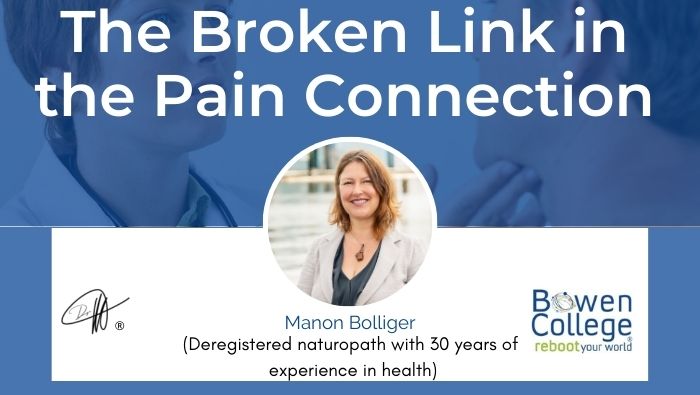In my last post we looked at the brain science on pain. Among the facts we observed was that there were two distinct pathways associated with pain. I have a couple more thoughts to add on the brain science front before we turn to a consideration of what this means for assessment. A review of the last post would be helpful for reading this one. How Does Our Brain Register Pain?
Purves et al, explain how the increased activity of the NMDA receptor can amplify the pain impulse coming from the periphery. This is known as the “wind-up phenomenon.” (Sandkulher, 2000) The consequence can be central sensitization and hyper-excitability, which may increase the sensitivity to pain impulses in the whole spinal cord. “The result of such modulation can be hyperalgesia (an extreme or heightened reaction to a stimulus that normally provokes pain) and allodynia, which means pain from a stimulus that normally does not lead to the sensation of pain and often occurs after injury to that site.” (Purves et. al, 2004,p.209-228)
What this amounts to is that we cannot link the two phenomena (ie. the lesion/trauma and the degree of perceived pain) in a reliable way. The effect of this discovery is that policy-making criteria for disability needs to become less dismissive of people’s perceived pain. Although we may be able to understand some of the neuronal modulations and pathways, we can only surmise the degree of sensitivity felt, and there is a big gap when it comes to “lesion-proof.” Therapeutically, emphasis on pain-killers may actually miss the mark as there is more to the story.
In my next post, I’ll provide an example to illustrate this point.
More Blogs that might interest you:
· Treating Pain with BowenFirst™
· Assessment and the Subjective Experience of Pain
· My Story with MS: Final Thoughts
· My Story with MS: Its Emotional Resolution
· My Story with MS: The Symptom Picture
· My Story with MS: An Important Insight
· The Biology of Emotions –Psychoneuroimmunology
· Bowen allows for a safe and rapid healing process
· Healing is a Journey Informed by Fear and Love
· Coping Skills and Helpful Attitudes for Dealing with Stress
· Coping with Stress as a Variable
· How Does Stress Become Illness?
· Early Childhood Trauma and Chronic Disease
· Summarizing the Stress Memory Discussion
· More on the Deleterious Effects of Excessive Cortisol Levels









